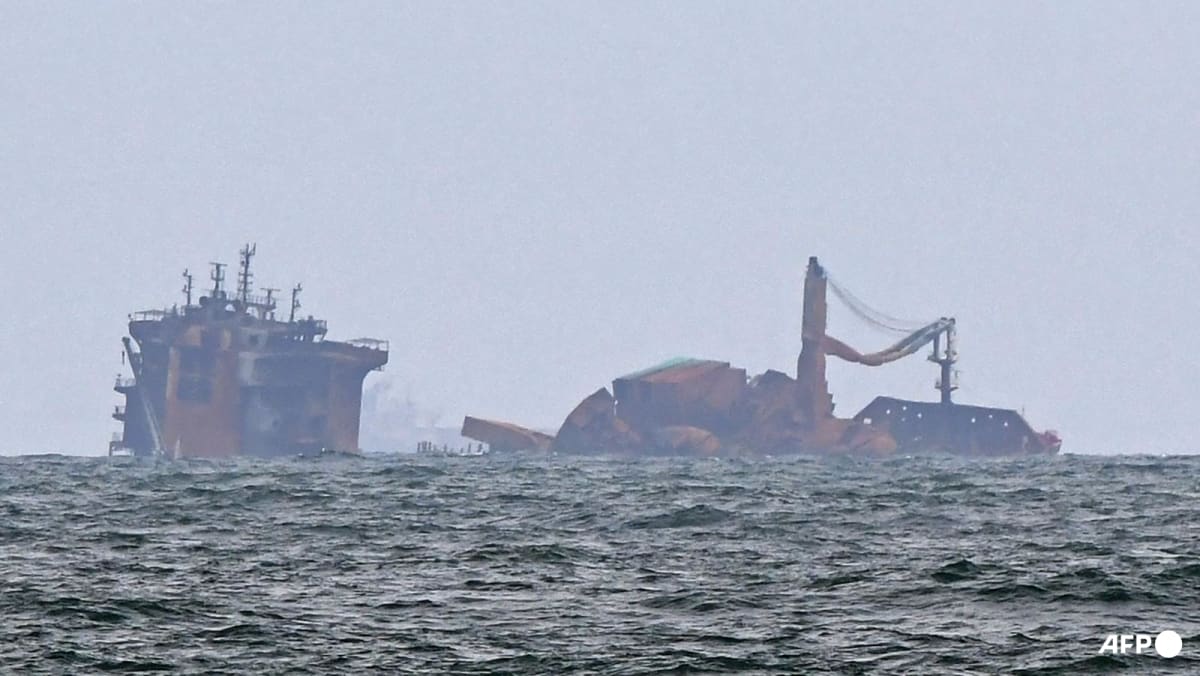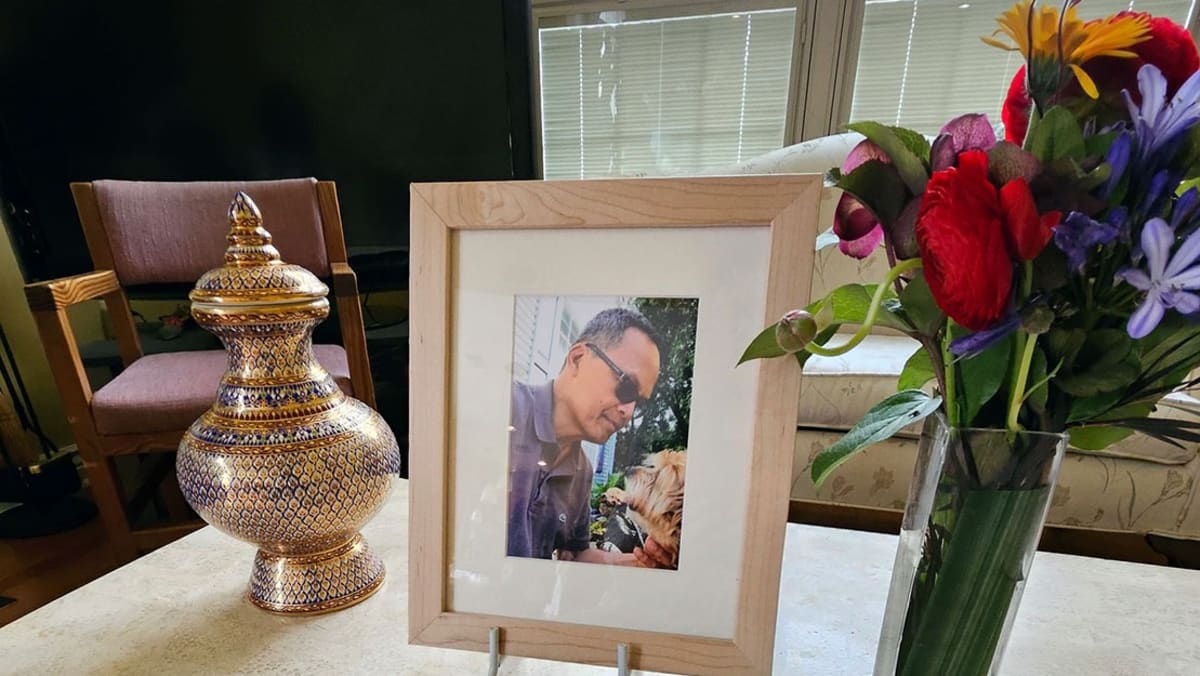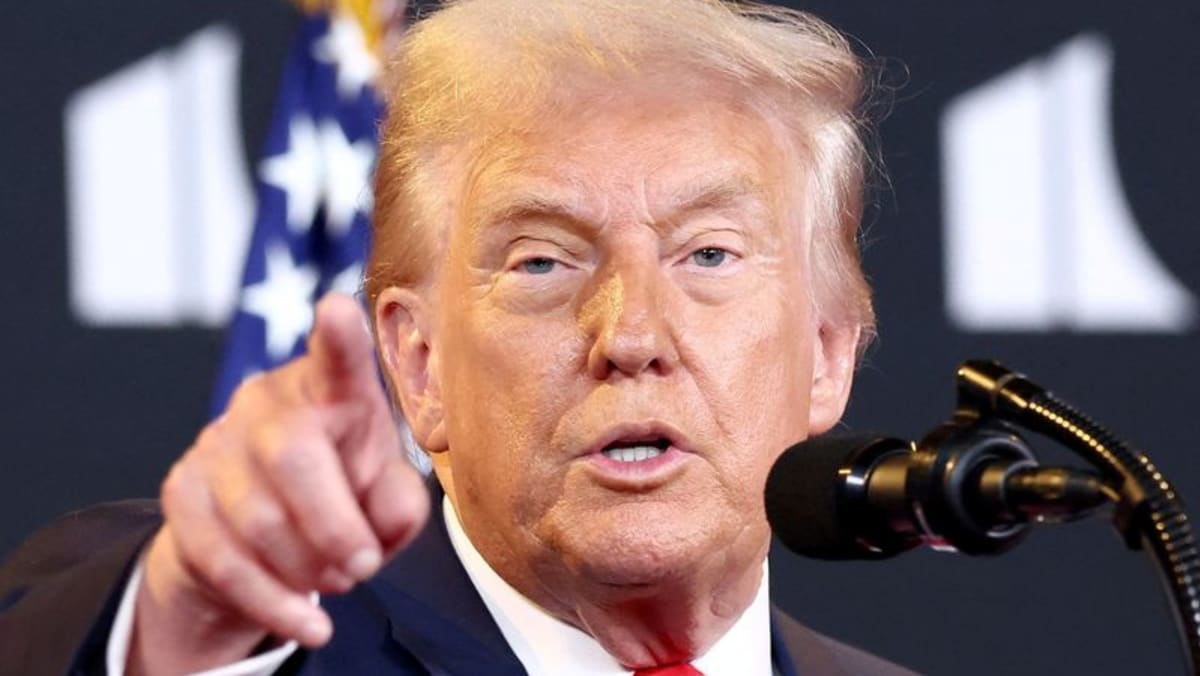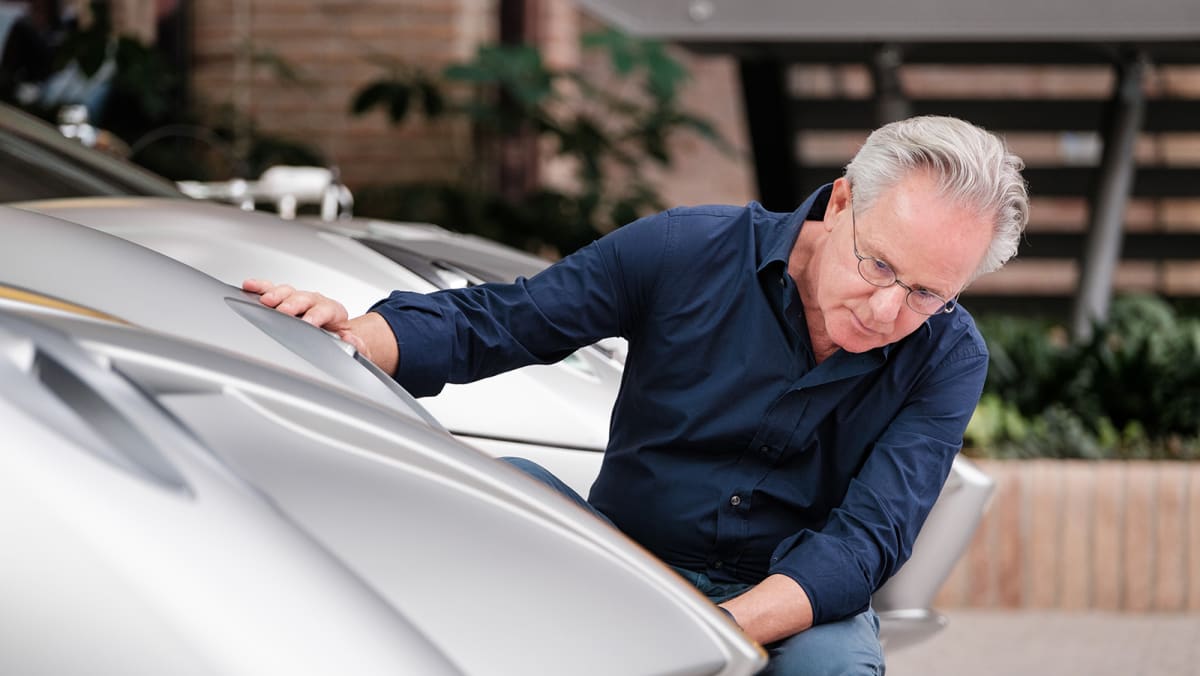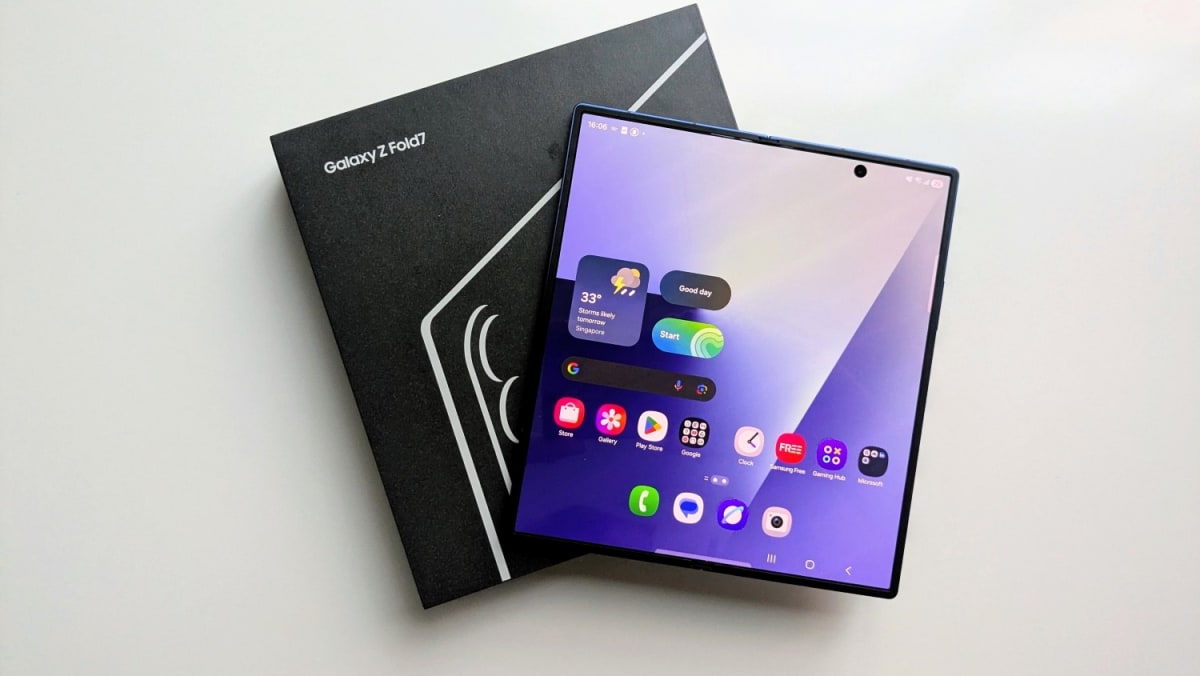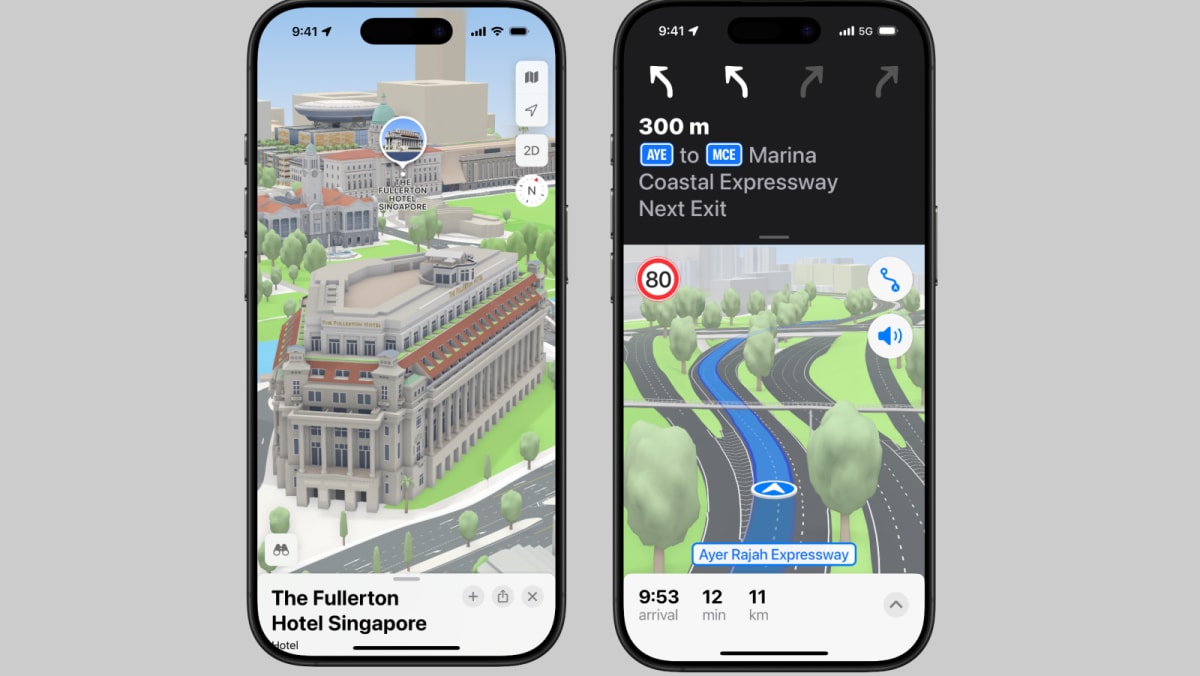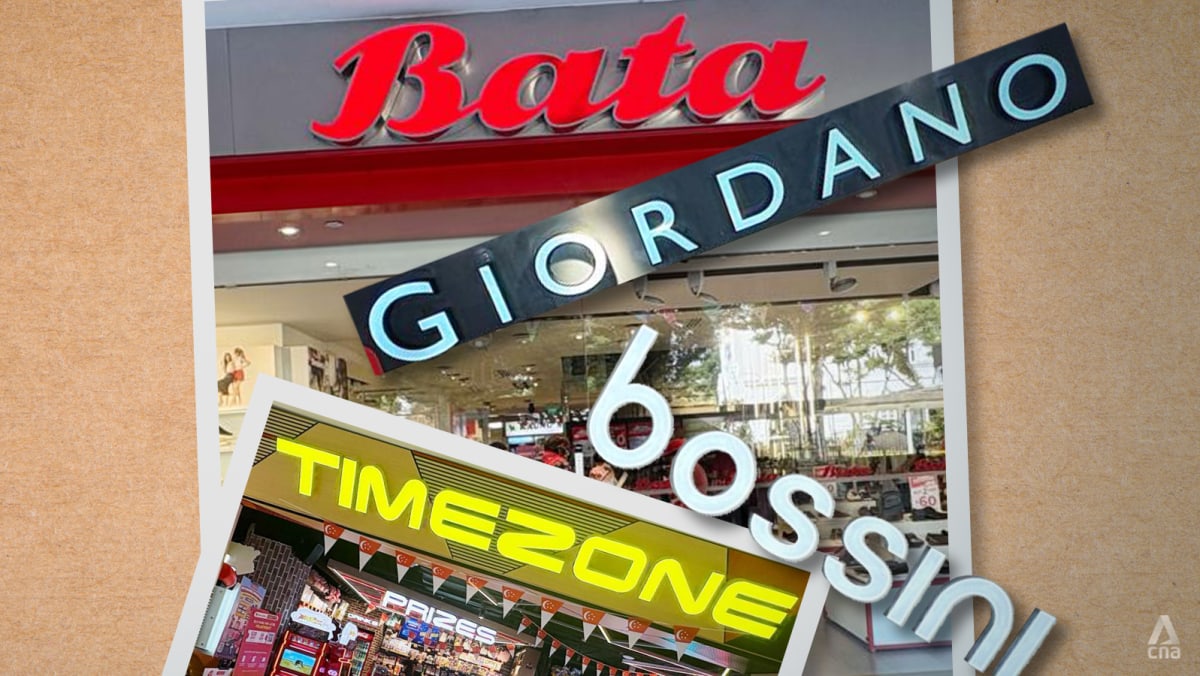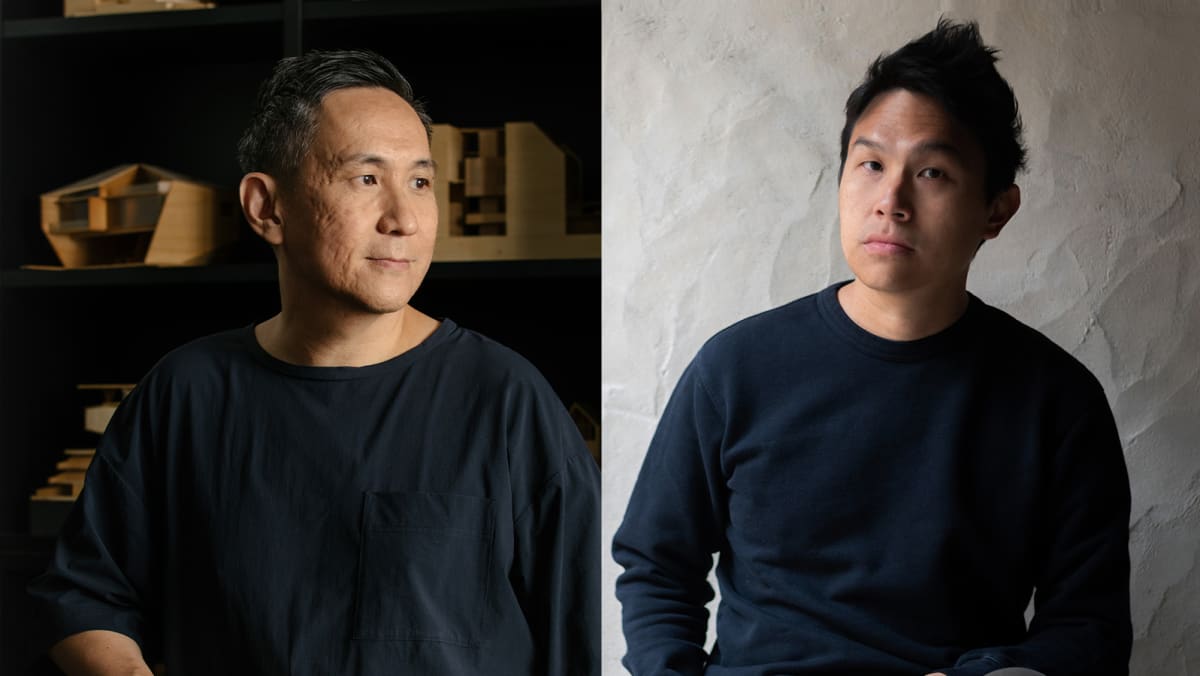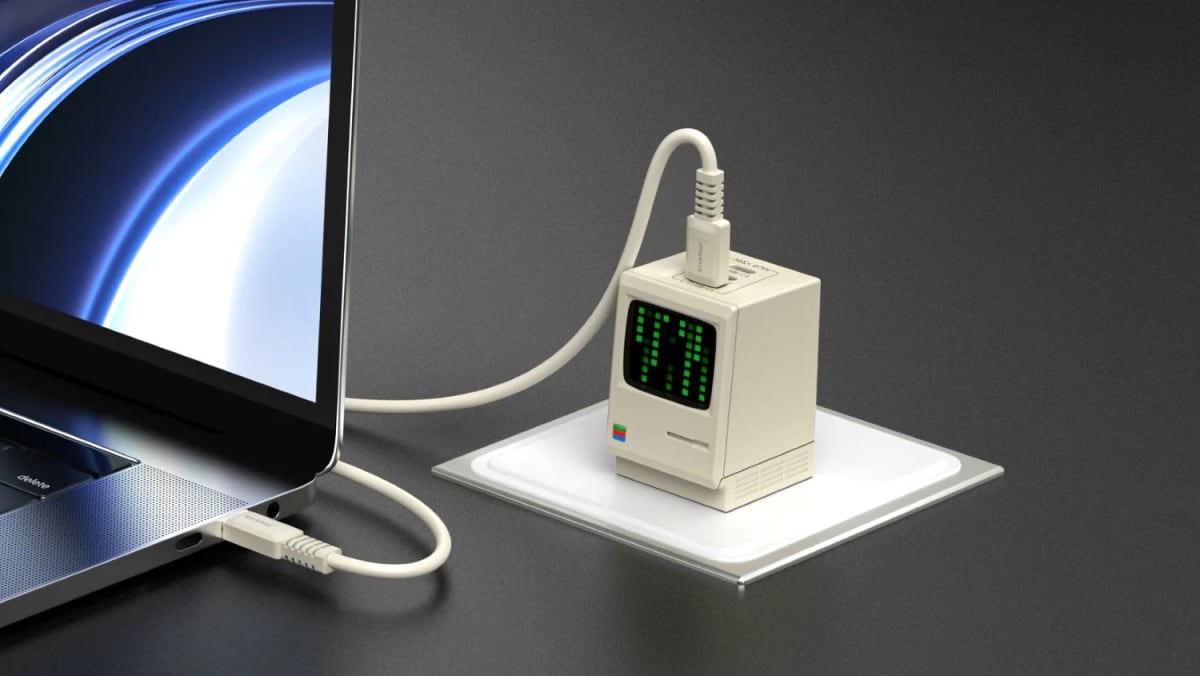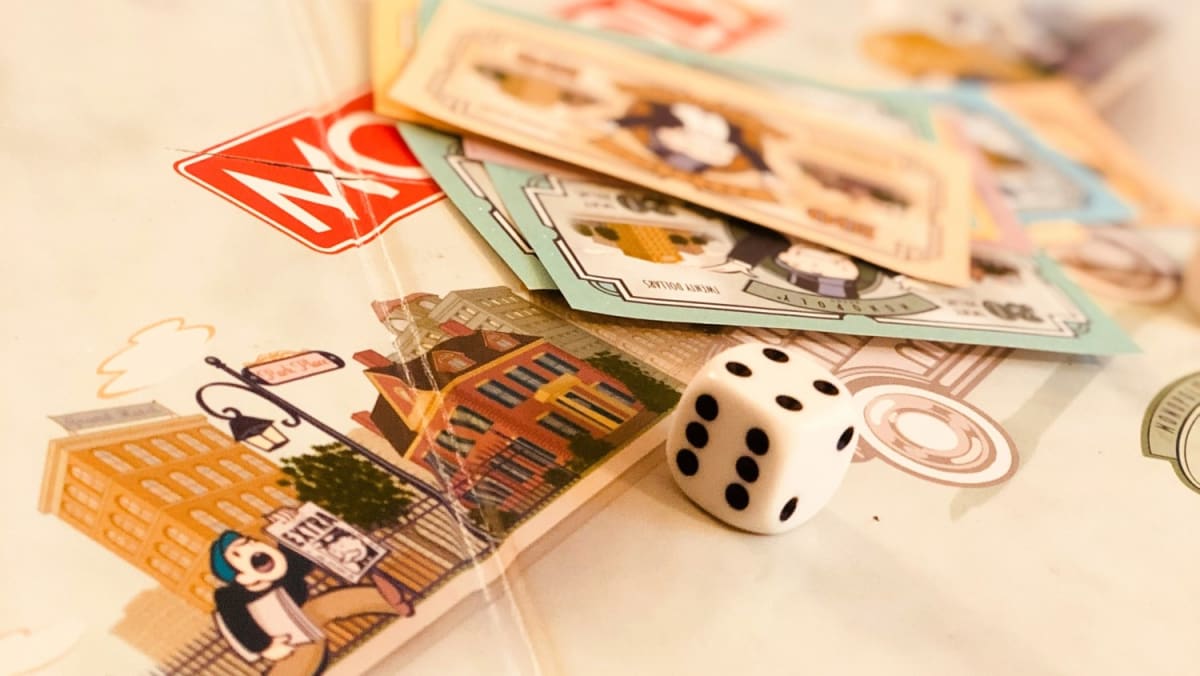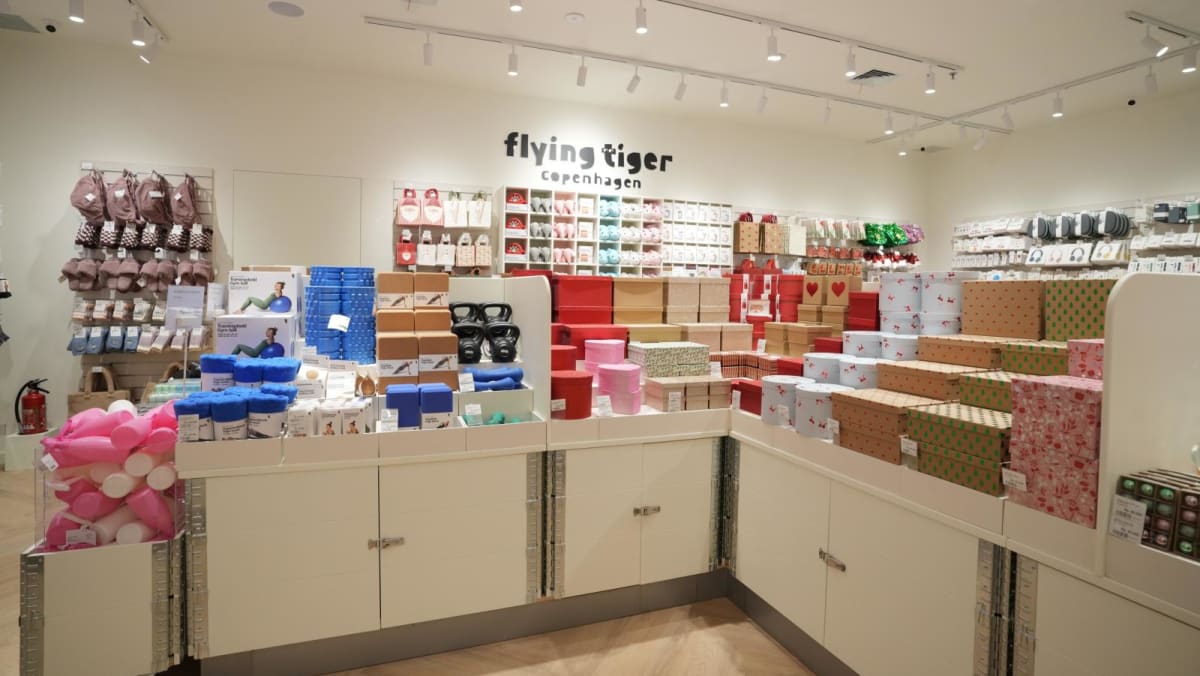He enrolled in industrial design at university and later switched to mechanical engineering but eventually dropped out, dissatisfied with the curriculum he found uninspiring, and frustrated that he could not find a course of study that married both fields to sufficient degree. Add to that the fact that tertiary education would “steal” five of the most creative years of his life.
Instead, Horacio promptly established his own design studio and found early success working on industrial design projects for commercial clients.
By the age of 20, he had designed and built his first Formula Three racing car and a subsequent stint with Renault was all he needed to showcase his talent. His work offered staggering improvements to the body of Renault’s racing car, and this set the wheels in motion for Horacio’s big move to Italy to pursue his boyhood dream.
FROM SWEEPING FLOORS TO CREATING THE WORLD’S FIRST HYPERCAR
The year was 1982 and desperate to get his foot in the door of a car factory floor, a then-27-year-old Horacio Pagani accepted a job at Lamborghini sweeping floors.
Remarkably, he rose through the ranks to eventually become chief engineer, most notably responsible for the Countach Evolution concept car of 1987, a groundbreaking, one-off prototype made from composite materials including Kevlar and carbon fibre-reinforced plastics. The concept never made it to production, but proved an important testbed for new materials and technologies in Lamborghini’s research and development.
During his time with the Raging Bull, it was again frustration that spurred Horacio’s next move. As the story goes, he wanted to buy an autoclave – an industrial machine for the fabrication of carbon parts – to augment Lamborghini’s production capabilities but his employer refused, deeming it unnecessary as Ferrari apparently didn’t use one at the time.
Prodigiously headstrong by nature, Horacio borrowed the capital to buy his own autoclave, leading to his departure from Lamborghini in 1991.
As top business minds will tell you, it is often in times of crisis that opportunity presents itself, and so Horacio went on to establish his consultancy, Modena Design, which continues to make carbon fibre composites for Formula One cars as well as clients in the automotive, aerospace and biomedical fields today.
